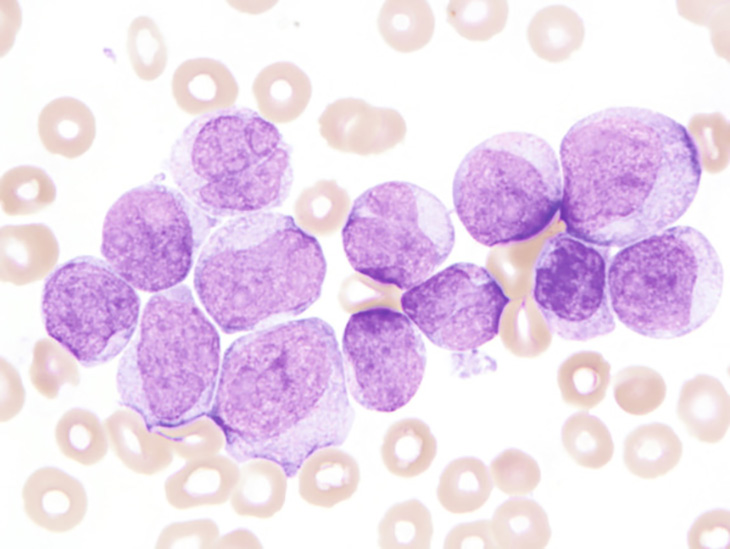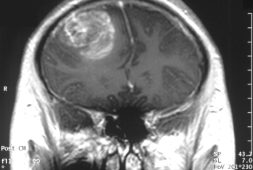
Patients who suffer from acute myeloid leukemia have to deal with constant treatment. The drugs have been designed to help them cope with the disease, and perhaps, eventually cure it. However, some have developed a resistance for these drugs.
When leukemia patients become resistant to a specific type of drug, the road to recovery will exponentially be more difficult. Doctors have to scramble and find new ways to help them deal with the sickness. However, hope may be on the horizon for them.
Suffering from a certain form of cancer may not spell the end for them. Experts in the field are constantly searching for cure in order to give patients hope. In fact, scientists have made a significant breakthrough in the area of leukemia. They may be able to help patients overcome issues with drug resistance in acute myeloid leukemia. For those unfamiliar with the term, this is a rare and devastating form of blood cancer.
A new study was performed and in it, the researchers from the University of South Australia and SA Pathology’s Centre for Cancer Biology describe how they came across a way to suppress a specific protein. This protein is what makes the person resistant to drugs that are oftentimes prescribed to treat acute myeloid leukemia (AML) in patients who suffer from it.
Professor Stuart Pitson is one of the lead authors of the study. He said that the finding could revolutionize treatment for AML. This disease had, in fact, claimed the lives of famous figures such as professional golfer Jarrod Lyle, high-profile American journalist Nora Ephron, and filmmaker Lynn Shelton.
AML is a cancer of the blood and bone marrow. This is characterized by an overproduction of cancerous white blood cells that are referred to as leukaemic blasts. Prof. Pitson explained how these cancerous cells overcrowd normal white blood cells. This, in turn, hinders the healthy white blood cells from doing their common infection-fighting task. This results to a higher risk of infections, lower oxygen levels, and oftentimes, bleeding.
SA Pathology haematologist Associate Professor David Ross explained his experience with his AML patients. He observed how their bodies initially responded to Venetoclax, which is a new form of therapy. This was just listed on the PBS, but over time, he also observed how the AML cells grew resistant to the drug.
The team utilized a large biobank of patient-donated AML biopsies and world-leading advanced pre-clinical models. The CCB researchers then showed how the modulation of lipid metabolism in the body, a protein called Mcl-1, inhibited in AML cells. This is the very protein that assists in drug resistance.
“This process makes AML cells exquisitely sensitive to Venetoclax, while leaving the normal white blood cells unaffected,” SA Pathology researcher and co-lead author, Associate Professor Jason Powell, explained. And right now, the CCB team is continually working hard to optimize drugs that hone in on this pathway. Their goal is to take this to clinical trials for AML patients.
“For most people with AML, the chances of long-term survival are no better now than they were last century,” Assoc. Prof. Ross said.
“Now, we have a chance to remedy that. New treatments that prevent Venetoclax resistance have the potential to prolong survival, or even increase the chances of a cure in a disease for which improved outcomes are desperately needed.”
This study is published and can be accessed in the world-leading hematology journal, Blood.



